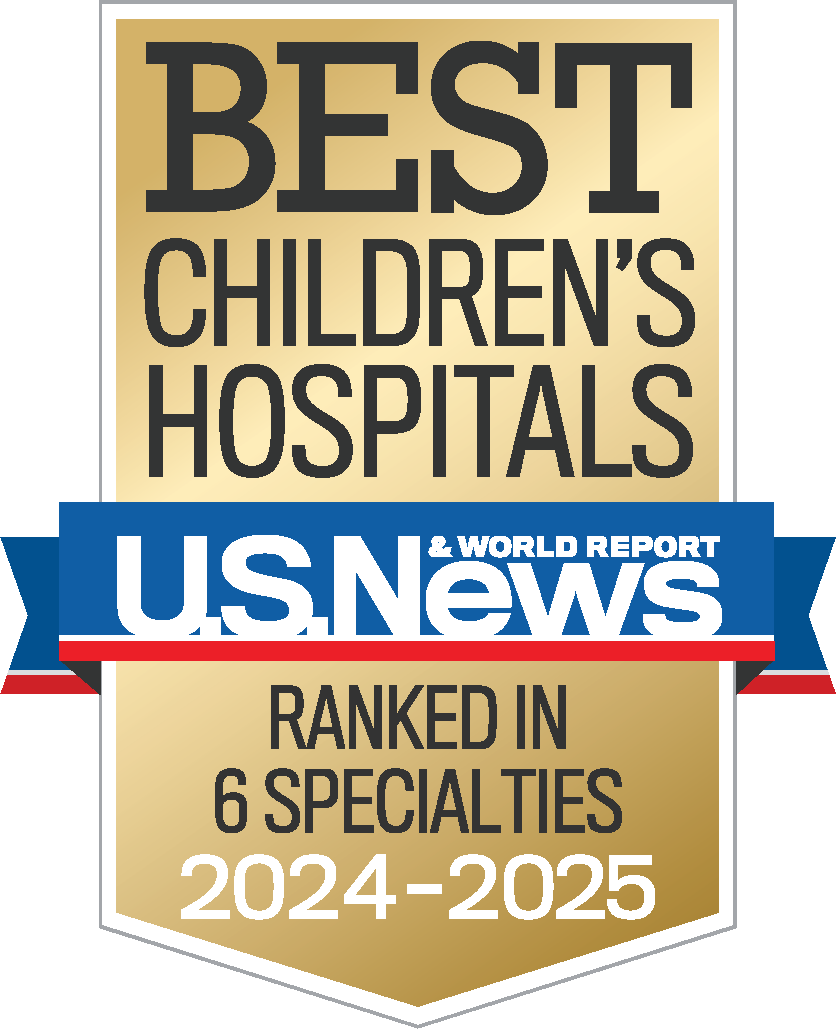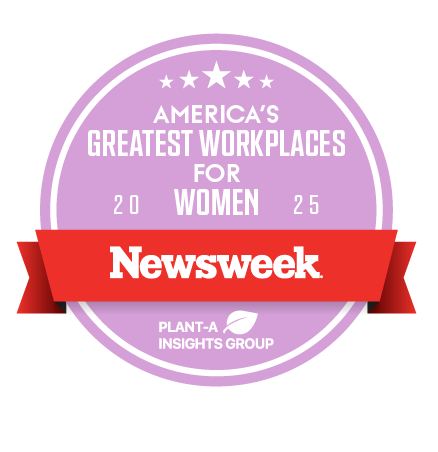Child Passenger Safety
Alabama Child Passenger Safety. Is YOUR car seat safe? Be sure.
Despite numerous public awareness campaigns on properly restraining children in motor vehicles, and thousands of newly certified child passenger safety technicians nationwide, many children still ride unrestrained.
Motor vehicle crashes are the leading cause of unintentional injury-related death among children ages 19 and under.
In Alabama, in the last survey in 2011 shows 4.17% of children 5 and under are unrestrained and more than 90 percent of the child safety seats used are improperly installed.
For additional information and other car seat areas in these counties, click here.
2014 Car Seat Law Changes Infographic
Booster Seats - When your Child Outgrows Child Safety Seats
Does your child need a booster seat? Booster seats are for children who:
- Have outgrown convertible or toddler safety seats.
- Aren't big enough to use vehicle's adult safety belts safely
In general, children should use a booster seat until they reach a minimum of 4'9" (Remember, weight limits of seats may vary by model). Consult the manufacturer's instructions for exact figures.). A booster seat raises your child up in the vehicle's seat. That way, the vehicle's safety belts can fit and hold your child the way they're supposed to. It's the only safe way to ride. A properly installed booster seat can help save your child's life in a crash. Adult safety belts are dangerous for children. Safety belts will not protect your child in a crash if a belt:
- Rides up on his or her stomach
- Goes against his or her neck
Belts that are in the wrong position will hurt your child in a crash. They may not hold him or her in the seat. (Do not use add-on devices to improve shoulder belt fit. It's safer to use a booster seat.). The safest booster seats use both shoulder and lap belts. These are called belt-positioning boosters. There are different types of belt-positioning boosters.
Some have:
- High backs, for head support in vehicles with low seat backs.
- Harnesses, so the seat can first be used as a safety seat (these come off when the child is big enough to use a booster)
- No backs (only use these if the child's ears are below the top of the seat back when seated)
Never use a belt-positioning booster with only a lap belt. Both lap and shoulder belts are needed to hold your child securely. Make sure:
- The lap belt goes low-across your child's upper thighs
- The shoulder belt goes against your child's shoulder and across his or her chest
Have shoulder belts put in, if needed. The back seat is the safest place for children. If your vehicle has only lap belts in the back seat, contact your vehicle's dealer or manufacturer. Ask about putting in shoulder belts. Choose a booster seat carefully. Buy a seat only if:
- Has a label that says it meets federal standards
- Has a date of manufacture and model number on it
Do not get a seat that:
- Was ever in a crash or is damaged in some way.
- Is used. It may have damage you cannot see. The damage can make the seat unsafe.
Contact the seat manufacturer to ask when the sheet should be replaced. (Some manufacturers recommend replacing seats after a certain number of years.)
Be sure to install the booster seat properly. Put it in the vehicle's back seat. The back seat is the safest place for children 12 and under. Never place a safety seat that has a front air bag. Follow all instructions carefully. You put your child at risk if the seat is not installed properly. Be sure to check both:
- The instructions that come with the seat
- Your vehicle's manual.
See if your community offers child-safety-seat inspections. That's a good way to find out if your booster seat is installed properly. (Contact your local law enforcement or health department for details.) If your vehicle has no back seat or you are absolutely unable to avoid transporting a child in the front seat, see a dealer or mechanic for information about a front air bag on/off switch. Also, if you have side air bags alongside seats occupied by children, ask the vehicle manufacturer if the side air bags should be deactivated. If you have any questions, call the National Highway Traffic Safety Administration's Auto Safety Hotline at 1-888-DASH-2-DOT (1-888-327-4236).
Keep your child in a booster seat until you're sure he or she is big enough to ride safely with only adult lap and shoulder belts. How to tell when your child is big enough: Have your child seat deep in the vehicle's seat, with his or her back straight against the seat back. If your child cannot bend his or her knees over the edge of the seat without slouching down, or if the shoulder belt rests against his or her neck, he or she should continue using a booster seat.





